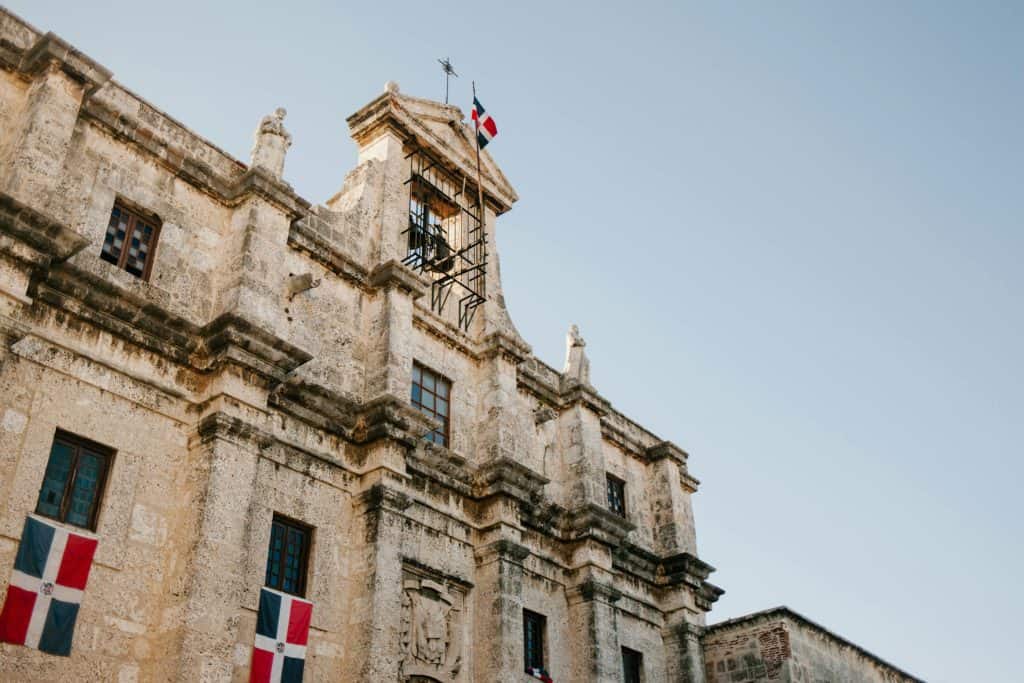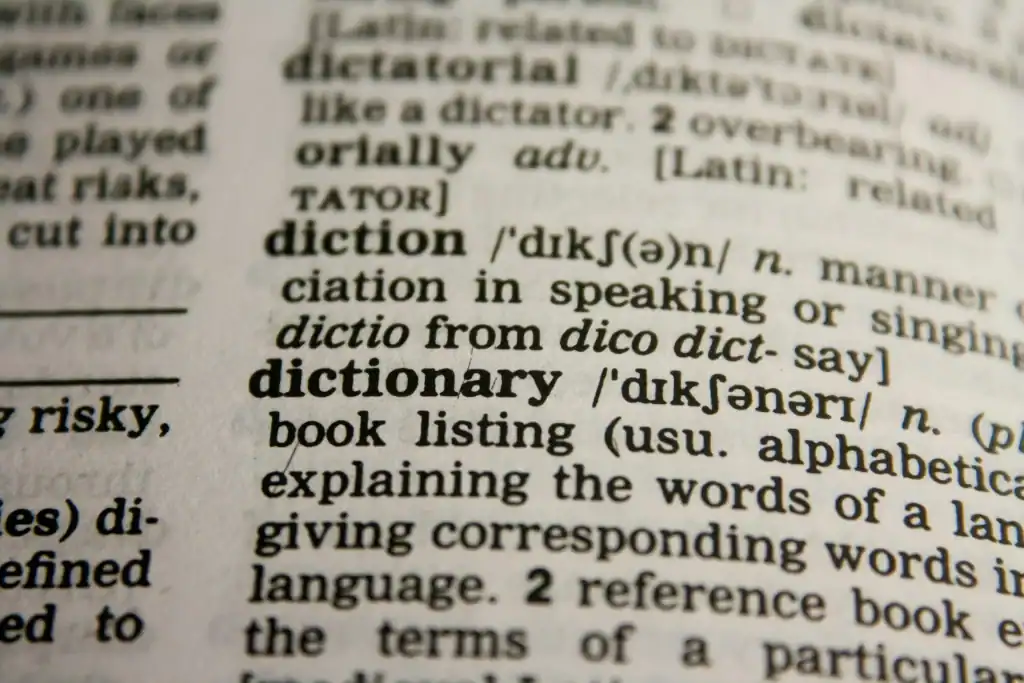When the Caribbean Rain Wakes You Up
Three years ago a 3 a.m. downpour rattled the old zinc sheets over my Santiago apartment so fiercely that the drips sounded like conga drums on the floor. I rushed outside in flip-flops, flashlight between my teeth, and watched water funnel from a fist-sized hole opened by rust. By dawn I was haggling with a maestro constructor whose Dominican Spanish flowed faster than the gutter. That sleepless night became my crash-course in the kind of Spanish Vocabulary they never teach in textbooks: zinc, teja, cumbrera, caballete, and all the legalese that binds them together in a contract. Ten years as an expat have proven that nothing sharpens a language like the threat of a soggy mattress.
The Many Lives of a Roof: Cultural Layers
In the Dominican Republic a roof is more than shelter; it is a badge of social aspiration. Tin sheets whisper working-class hustle, while terracotta tiles—tejas—evoke colonial charm. My Colombian friends in Medellín, meanwhile, admire any rooftop that promises an afternoon parrillada with a view of Aburrá Valley. Understanding these cultural subtexts deepens your Spanish Vocabulary because words are never naked facts; they carry climate, class, and history on their backs.
Sonic Signatures
Dominican zinc rings sharp under tropical rain, a sound locals describe as “lluvia rajá”—“split rain.” Over in Cartagena, Colombians romanticize the softer plunk of clay tile with the phrase “música de tejado”. Notice how each phrase gifts you a mnemonic: next time you need to order materials, you’ll feel the memory before the word.
Colorful Idioms
A Dominican might joke, “Fulano no tiene ni dónde caer su gotera”—literally “so-and-so doesn’t even have a place for his leak to fall,” meaning he’s broke. Swap countries and you’ll hear Colombians tease, “Está más pelado que techo sin teja,” “he’s more stripped than a roof without tile.” Same roof, different rhythm, fresh additions to your growing Spanish Vocabulary.
Zinc, Teja, and Everything In Between: Materials Demystified
The Dominican hardware store, or ferretería, can feel like a linguistic obstacle course. Ask for “metal sheets,” and the clerk may stare. Use the right term—lámina de zinc—and doors open. Here’s the anatomy in prose form:
Zinc sheets dominate low-budget repairs. They’re measured by calibre (gauge) and sold in creaking stacks taller than you. Clay tiles, tejas coloniales, star in renovations of 1940s city houses or lush countryside villas. If you crave a Caribbean-modern hybrid, you’ll meet teja metálica: a galvanized sheet molded to mimic clay curves, marrying cost efficiency with colonial pretense.
Negotiating contracts means diving into legal Spanish. Contractors will reference el caballete (ridge cap) and la cumbrera (also ridge, but used interchangeably here), plus canaletas (gutters) and sellador de silicona (silicone sealant). The document may slip into archaic Castilian—“el suscrito contratista”—just when you thought you were fluent. By slowing down, echoing each unfamiliar term aloud, and jotting it into your personal Spanish Vocabulary notebook, you seal both leaks and linguistic gaps.
Contextual Example
Dominican builder: “La lámina que tienes es calibre 26; si quieres algo que dure, súbete al 24.”
English: “The sheet you have is 26-gauge; if you want something that lasts, move up to 24.”
Notice the verb súbete (literally “climb yourself”), a colloquial way to say “upgrade.” Listening for those micro-verbs transforms transactional chats into communal bonding—and expands your Spanish Vocabulary.
The Paper Trail: Drafting a Dominican Roof-Repair Contract
Contracts in the DR are woven from both legal boilerplate and street-smart addenda. A typical agreement opens with IDs—cédula numbers for both parties—then specifies materials, labor cost, payment schedule, and warranties. The fine print often protects the maestro more than you. That’s why I insist on inserting a clause for impermeabilización (waterproofing) and a retention of 10 % until the first heavy storm passes.
Colombian contracts share the same skeleton but carry softer regional politeness. A Paisa contractor may sprinkle “con todo respeto, Don James” before each stipulation. In the DR, directness rules: “Esto es lo que hay, mi hermano.” Right there you witness culture shaping sentences—and another chance to fine-tune your Spanish Vocabulary.
Sample Clause in Spanish
“El contratista se compromete a instalar 120 metros cuadrados de lámina de zinc calibre 24, incluir cumbrera galvanizada, sellador de silicona, y garantizar la impermeabilización por un período de doce (12) meses.”
English: “The contractor commits to install 120 square meters of 24-gauge zinc sheet, include galvanized ridge cap, silicone sealant, and guarantee waterproofing for a period of twelve (12) months.”
Every time I’ve read a contract aloud with the contractor present, misinterpretations vanished like steam off hot tar. Reading bolsters comprehension and pronounces your authority—another subtle gem in mastering Spanish as an expat.
Conversation at the Ferretería: A Real-World Example
Below is a dialogue stitched from my last supply run in Santo Domingo, sprinkled with Colombian flavor so you can distinguish rhythms. Each Spanish line is followed by its English twin.
Dependiente (DR): “¡Dime a ver, jefe! ¿Qué lo qué tú andas buscando, **manito**?”
Clerk (DR): “Let’s see, boss! What are you looking for, bro?”
James: “Necesito láminas de zinc calibre 24 y la cumbrera que haga juego.”
James: “I need 24-gauge zinc sheets and the matching ridge cap.”
Dependiente (DR): “Esa viene en seis pies, ¿cuántas quiere? Le hago un descuentico.”
Clerk (DR): “They come in six-foot lengths, how many you want? I’ll give you a little discount.”
James: “Déjame sacar la cuenta… son doce piezas. Pero inclúyeme tornillos autorroscantes también.”
James: “Let me do the math… that’s twelve pieces. But add self-tapping screws for me as well.”
Cliente paisa al lado (Colombia): “Parcero, ¿usted ya probó la teja metálica antialcalina? Esa es la que usamos en Medellín.”
Customer from Medellín: “Buddy, have you tried the anti-alkaline metal tile? That’s what we use in Medellín.”
James: “La he visto, parce, pero el estilo colonial aquí vende más.”
James: “I’ve seen it, man, but the colonial style sells better here.”
Dependiente (DR): “Si él paga en efectivo, le dejo todo en treinta y ocho mil pesos, ¿está bien?”
Clerk (DR): “If you pay cash, I’ll leave everything at thirty-eight thousand pesos, is that okay?”
James: “Hecho. Pero pon en la factura que es calibre 24, no 26, para que después no haya jaleo.”
James: “Deal. But write on the invoice that it’s 24-gauge, not 26, so there’s no hassle later.”
Dependiente (DR): “Tranquilo, jefe, eso queda claro. ¡Ya usted es de la casa!”
Clerk (DR): “Relax, boss, that’s clear. You’re part of the family now!”
Spanish Vocabulary Table
| Spanish | English | Usage Tip |
|---|---|---|
| lámina de zinc | zinc sheet | Say “la lámina” in the DR; in Colombia you might hear “el zinc.” |
| teja colonial | colonial clay tile | Pronounce the “j” softly: TEH-ha. |
| caballete / cumbrera | ridge cap | Dominicans use both; Colombians favor “caballete.” |
| impermeabilización | waterproofing | Essential clause in any contract after hurricane season. |
| sellador de silicona | silicone sealant | Ask for “silicón” in the DR, “silicona” in Colombia. |
| autorroscante | self-tapping screw | Contractors shorten it to “autorrós” when time is money. |
| descuentico | little discount | Diminutive “-ico” signals friendliness, common in the DR. |
| jaleo | hassle / fuss | Caribbean slang—bold it for emphasis in conversation. |
Crosswinds from Colombia: Regional Variations
Each trip to Colombia nudges my ear in new directions. Paisas clip endings—“pué’” instead of “pues”—and pepper talk with “parce”. Costeños elongate vowels until sentences feel like ocean waves. Bring that auditory agility back to the Dominican Republic and suddenly you detect nuances you once missed: the flirtatious uptick in “¿Viste, amor?” or the gentle command wrapped in “pónmelo aquí, por favorcito.”
The exercise resembles weight training for your brain. I call it linguistic cross-fit, and it keeps your Spanish Vocabulary limber. Switching between Caribbean rapid-fire and Andean calm forces you to anchor meaning in context—tone, gesture, even the weather—rather than clinging solely to dictionary definitions.
Sharpening the Spanish Ear Across Borders
Roof leaks taught me verbs; contracts taught me legalese; shocks of regional slang taught me humility. Whether you’re sealing tiles in Santo Domingo or sipping coffee under a Medellín awning, chase every new phrase like rainwater to a drain. Cultivate a living, breathing Spanish Vocabulary that crackles with real-world residue—rust stains, clay dust, and the sound of metal expanding under noon heat.
I’ve learned that bouncing between these two cultures is less about accruing words and more about training perception. Keep an ear to the zinc, an eye on the teja, and a notebook in your pocket. And please add your stories below: What cross-country terms have surprised you? How has your roof—literal or metaphorical—helped you learn Spanish as an expat?
¡Nos leemos en los comentarios!


